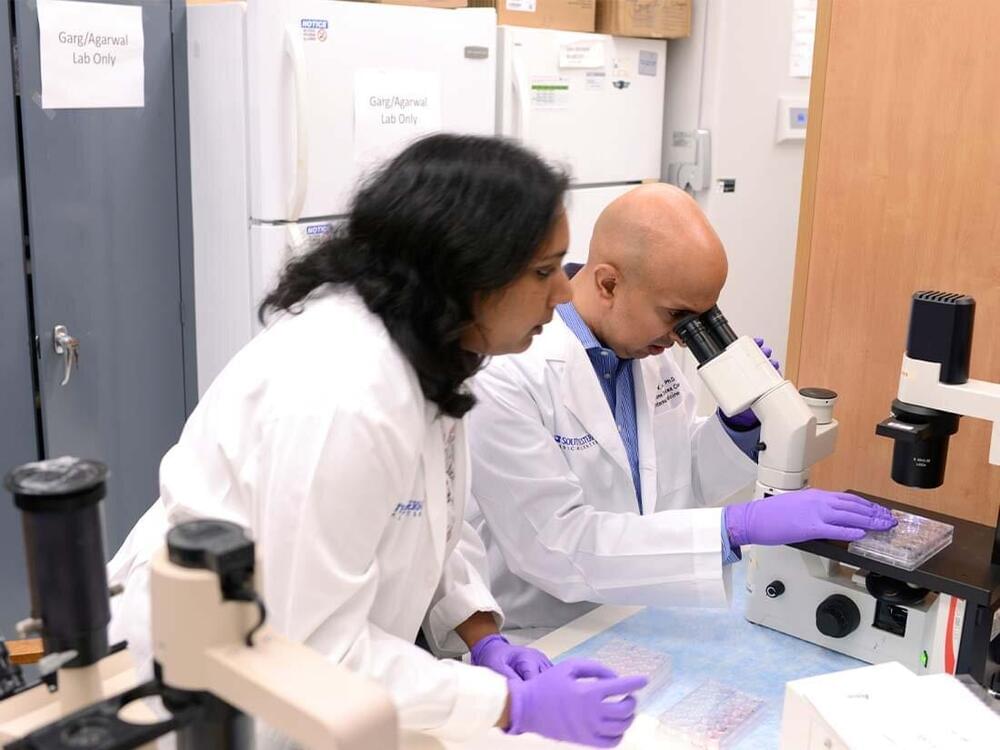Mapping the ocean floor will have plenty of scientific and commercial uses. The military, too, may be interested.



Known formally as additive manufacturing, or AM, in the business, the process can make almost anything—even a car.
“For our OEMs, we were able to show a print rate 50% faster than they needed for value production and an assembly rate about 35% faster than they need for full-volume production,” Kevin said. “We have a dozen programs for multi component structures,” said Kevin. “Our first production programs are going to be in vehicles on the road in early 2022. And these are with brands that are within groups that are in the top five global automotive groups by annual volume.”
So, just to review, it’s: computer-designed parts, 3D printers making those parts, which are assembled by robots, in a much smaller space than typical assembly lines.
So no more River Rouge. The Czingers say that carmakers could replace assembly lines that had been a mile long with assembly stations like the one I saw, greatly reducing the lead time, cost, and complexity of car making. And you can switch the car model that you’re building with every new assembly. No more downtime during model-year changeover. And all those spare parts carmakers have to keep in warehouses for 10 years? They will be replaced by instant 3D printing of whatever spare part you need.


That layer would be absolutely essential in trying to defend against a FOBS, that is if a defense at all is actually feasible or even strategically sound. We are not talking about a rogue state here with a few advanced ballistic missiles. China would be able to deploy dozens or even hundreds of these at once. At a certain point, kinetic defenses against such a capability become a losing proposition and a very costly one at that.
Still, this was an early test aboard a full-on rocket used for traditional space access missions. It will take China some time to perfect such a system and package it in a quickly deployable militarized configuration. Major thermal and ablative issues also must be overcome, among others, but it’s not like China hasn’t been working diligently in the hypersonic boost-glide vehicle realm for many years.
Regardless, if this report ends up being fully accurate, one thing is likely: New calls for hugely expensive missile defense capabilities will be ringing loud and often on Capitol Hill, as well as demands to do whatever possible to bring China to the bargaining table in hopes of obtaining some type of strategic arms limitation treaty.

The central principle of superconductivity is that electrons form pairs. But can they also condense into foursomes? Recent findings have suggested they can, and a physicist at KTH Royal Institute of Technology today published the first experimental evidence of this quadrupling effect and the mechanism by which this state of matter occurs.


A team of researchers at UT Southwestern Medical Center’s Touchstone Diabetes Center have successfully used CRISPR gene editing to turn fat cells normally used for storage into energy-burning cells.
“It’s like flipping a switch. We removed the ‘brake’ on the energy burning pathway in fat cells by engineering a mutation that disrupts the interaction between a single pair of proteins,” said study leader Rana Gupta, Ph.D., Associate Professor of Internal Medicine. “Our research demonstrates that releasing this brake in fat cells can potentially help make existing diabetes medications much more effective.”
The research at UT Southwestern, ranked as one of the nation’s top 25 hospitals for diabetes and endocrinology care, is published in Genes and Development and supported by the National Institutes of Health.

Circa 2017
Lightning is one of Earth’s most energetic events, but there’s much more to it than just a flashing fork and the rumble of thunder. Lightning strikes have been known to generate gamma rays, and now a team of Japanese researchers has found that those bursts can create photonuclear reactions in the atmosphere, resulting in the production – and annihilation – of antimatter.
Bursts of gamma rays from lightning were first detected in 1,992 thanks to NASA’s Compton Gamma-ray Observatory. Since then, these Terrestrial Gamma-ray Flashes (TGF) have been studied intently, and the new research out of Kyoto University has found an unexpected cause of some of the signals.
“We already knew that thunderclouds and lightning emit gamma rays, and hypothesized that they would react in some way with the nuclei of environmental elements in the atmosphere,” says Teruaki Enoto, lead researcher on the project. “In winter, Japan’s western coastal area is ideal for observing powerful lightning and thunderstorms. So, in 2015 we started building a series of small gamma-ray detectors, and placed them in various locations along the coast.”


Deep North, a Foster City, California-based startup applying computer vision to security camera footage, today announced that it raised $16.7 million in a Series A-1 round. Led by Celesta Capital and Yobi Partners, with participation from Conviction Investment Partners, Deep North plans to use the funds to make hires and expand its services “at scale,” according to CEO Rohan Sanil.
Deep North, previously known as Vmaxx, claims its platform can help brick-and-mortar retailers “embrace digital” and protect against COVID-19 by retrofitting security systems to track purchases and ensure compliance with masking rules. But the company’s system, which relies on algorithms with potential flaws, raises concerns about both privacy and bias.
Full Story: